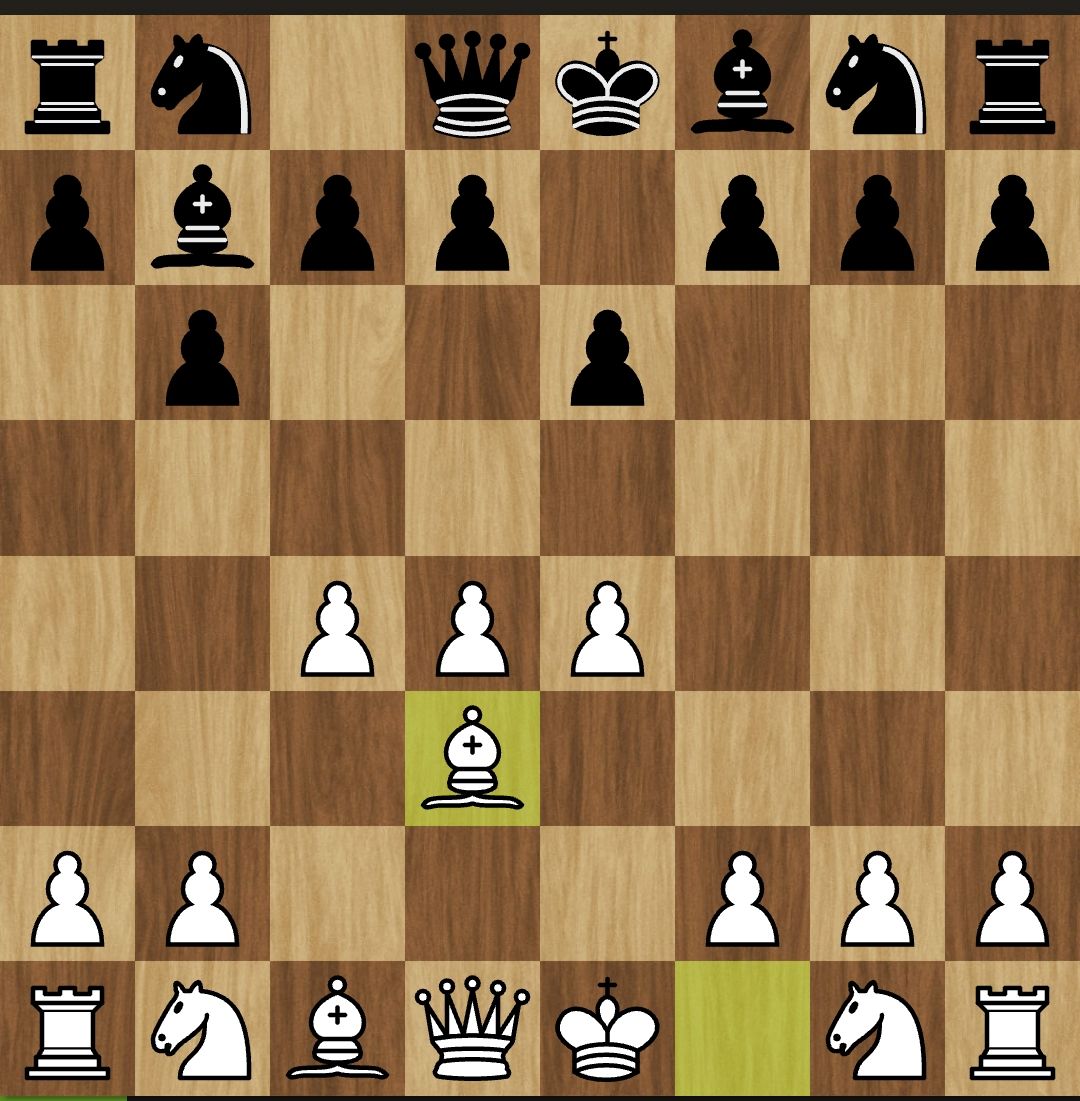i agree.. but owens defense is not good
How do you know?
see my first comment of this forum.. its just an complicated opening.. i has nothing to do.. with devlopment just go ahead on those diagnols...
You would have to restate it because I wouldn't have aked the question if I thought you'd answered it already. You haven't though.









All openings give white a small advantage ... that of having the move. In some openings black's objective is to equalise. In many of these, white retains his opening advantage, which isn't enough to force a win. In other types of opening, black's plan is more long-term. Often white gets a bigger, interim advantage. Even so, black hs the opportunity to fight back and usually, such openings also lead to equal positions. There isn't any known way of forcing a win against Owen's Defence.